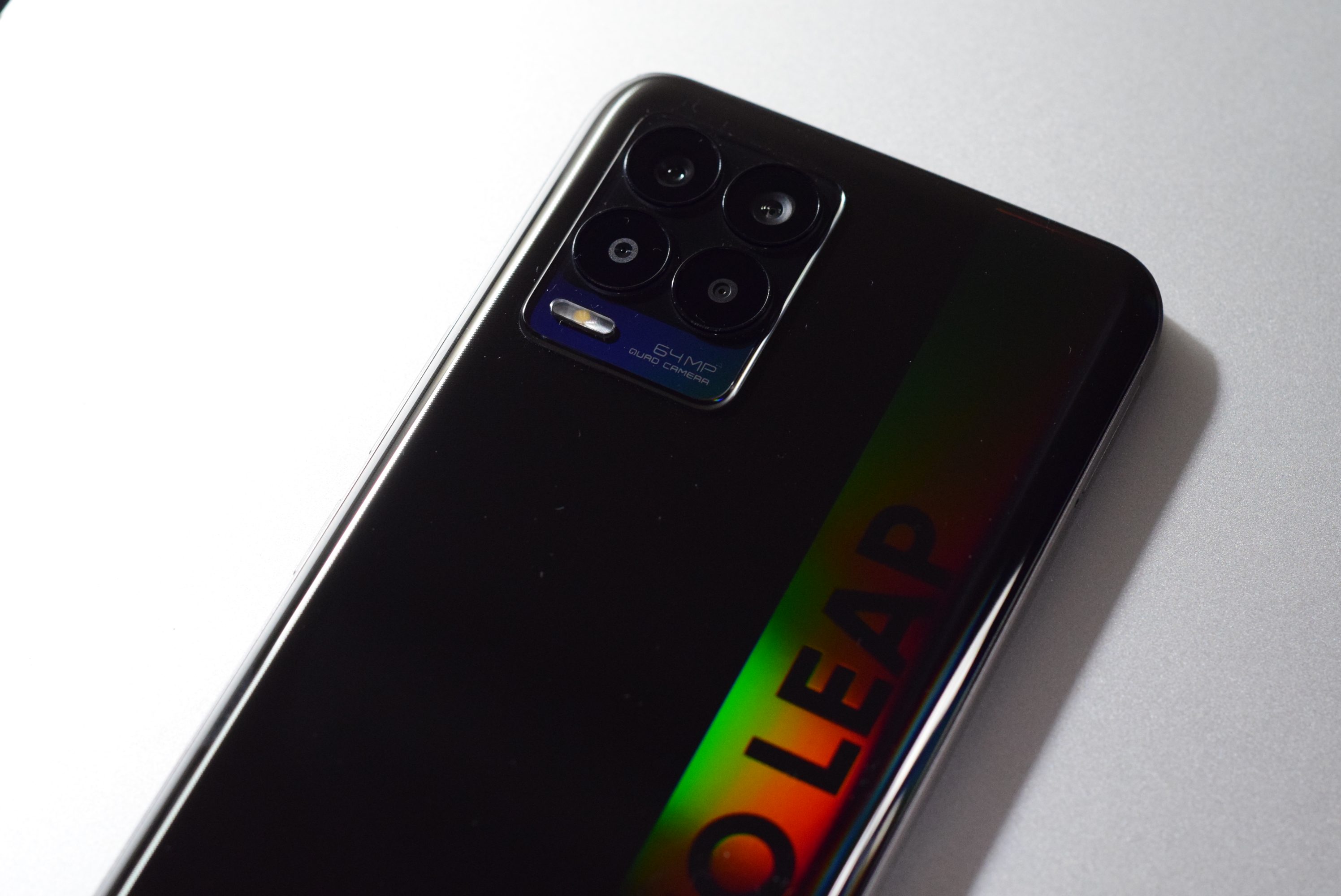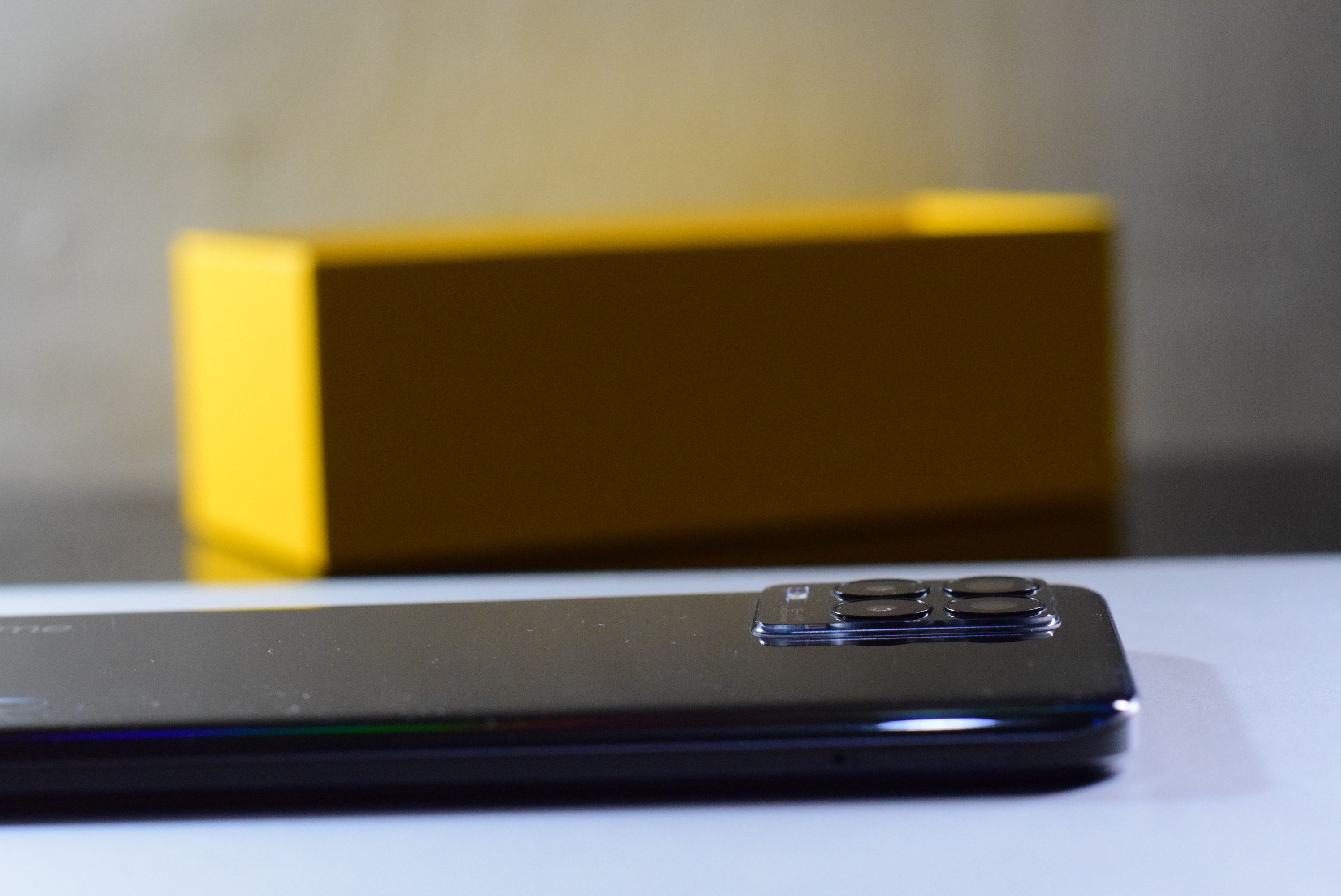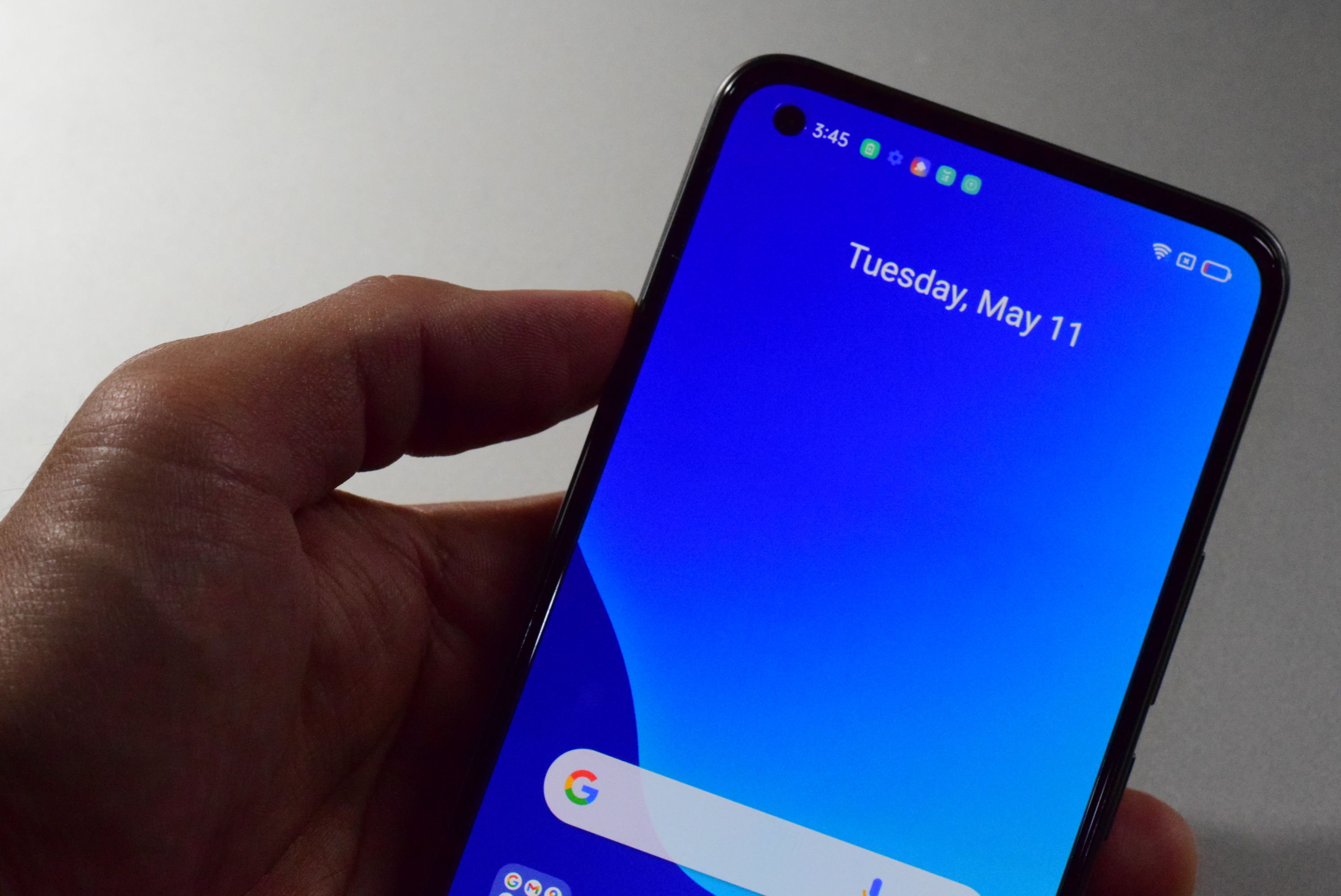SUMMARY
This is AI generated summarization, which may have errors. For context, always refer to the full article.

Budget brand realme has launched new phones from its main numbered line, the realme 8 and the 8 Pro, Tuesday, May 11. We’ve got some hands-on time with the phones. Here are our thoughts.
The first thing we noticed about the new phones are its thinness. This feels and looks sleek for the price, and feels good in the hand, with sides that have a curved design for a more natural grip. Usually, at this price range, it’s normal to expect a chunky design. A sleek look usually comes second to giving the best performance for the buck. That doesn’t seem to be the case with the realme 8 phones. That’s a plus for me.

I favor the realme 8 Pro’s matte finish though than the base 8’s glossiness. The 8 Pro has this textured, fine granite look while the base 8 has a more generic glossy finish.
The camera array also looks noticeably sleek, accentuating the body’s slim look. It’s not flush to the body, but I can see that there was an effort here to really minimize the size of the lens protrusion, as you can see in the images below. It looks good.


One thing I’m not 100% sold on is the big “DARE TO LEAP” mantra plastered on the back. The brand though targets the younger segment, so perhaps that design element will appeal more to them. And admittedly, that rainbow effect on the base realme 8 looks pretty.
Other than that, the 8 is a great-looking phone, especially with its Super AMOLED full HD display, a jump from the LCD unit on the 6 and 7. It’s brighter and has better sharpness and color saturation than the regular LCD display. The 8 loses the 90Hz screen refresh rate though, which makes scrolling look smoother, sticking with a more standard 60Hz instead. The 6 and 7 were noted for offering 90Hz displays at a more affordable price. I think it’s a fair trade-off. I’d rather have a sharp AMOLED display than the sometimes hard-to-notice boost going from 60Hz to 90Hz.

The realme 8 phones though have the more responsive display, going from the 120Hz touch sampling rate of the 6 and the 7 to 180Hz. That means the phone is able to register and follow your touch actions faster and more accurately, which is especially beneficial in gaming. The phone refreshes and processes inputs twice as fast than phones with the regular 90Hz touch sampling rate. And that more responsive feel kind of makes the phones feel more expensive than they are.
The cameras are where the base and Pro models split paths. The Pro has a 108MP main shooter, the first in a realme phone. It has a Samsung HM2 sensor, known for its large sensor size of 1/1.52-inch, that helps it absorb more light for generally better image quality. Translation: the Pro really takes great-looking photos for the price, probably among the best in its price range. It’s also fun to take photos in its 12000 x 9000 mode, and then zoom in afterwards to check how detailed the photo is.
The 8 Pro also has the better night photography capabilities, and a 3X AI-assisted digital zoom not found in the base 8.
The base realme 8 has a more par-for-the-course 64MP main shooter. The camera is such a big part of the smartphone experience that I’d gladly pay the extra to get the much better camera on the 8 Pro. The price difference is just P3,000, with the base 8 priced at P13,990 and the Pro priced at P16,990. It’s the 8 Pro’s 108MP camera that really makes it something to consider in the price range.

Aside from the main shooter though, the cameras are the same for the two phones: a macro, an ultrawide, and a black-and-white portrait lens. The macro lens is pretty good, able to take photos as close as 1.5 inches to the subject.
The two phones also have a few party tricks. They have a tilt-shift mode, which, for the uninitiated, is that camera trick that makes a city landscape look like a miniature toy set. They also have a “Starry Mode” timelapse feature, which lets you take one of those fancy night sky photos or videos tracking the movement of the stars in the night sky. These are nice-to-haves that certainly look like fun – not essential but something that certainly gives you extra entertainment value and an extra avenue for creative expression.
Both phones have a 16MP front camera.
The 8 Pro has faster fast-charging at 50 watts compared to the base 8’s 30 watts. But the base 8 has the bigger 5,000 mAh battery, compared to the 8 Pro’s 4,500 mAh. I tend to favor the faster charging rate of the 8 Pro because if you’re an irresponsible phone owner, you often have just 15 minutes or less to charge a phone before you have to leave for something or do something – although it’s certainly less of a problem in our homebound pandemic existence.
Both phones have 128GB of storage and 8GB of RAM. The 8 has a MediaTek Helio G95 chipset while the the 8 Pro has a Snapdragon 720G chipset. The former is known for being a little bit better than the Snapdragon when it comes to gaming, but the difference isn’t incredibly pronounced. The latter is better for daily use, runs cooler and is more efficient. – Rappler.com
Get the latest Realme gadgets using this Lazada voucher code.
Add a comment
How does this make you feel?
There are no comments yet. Add your comment to start the conversation.